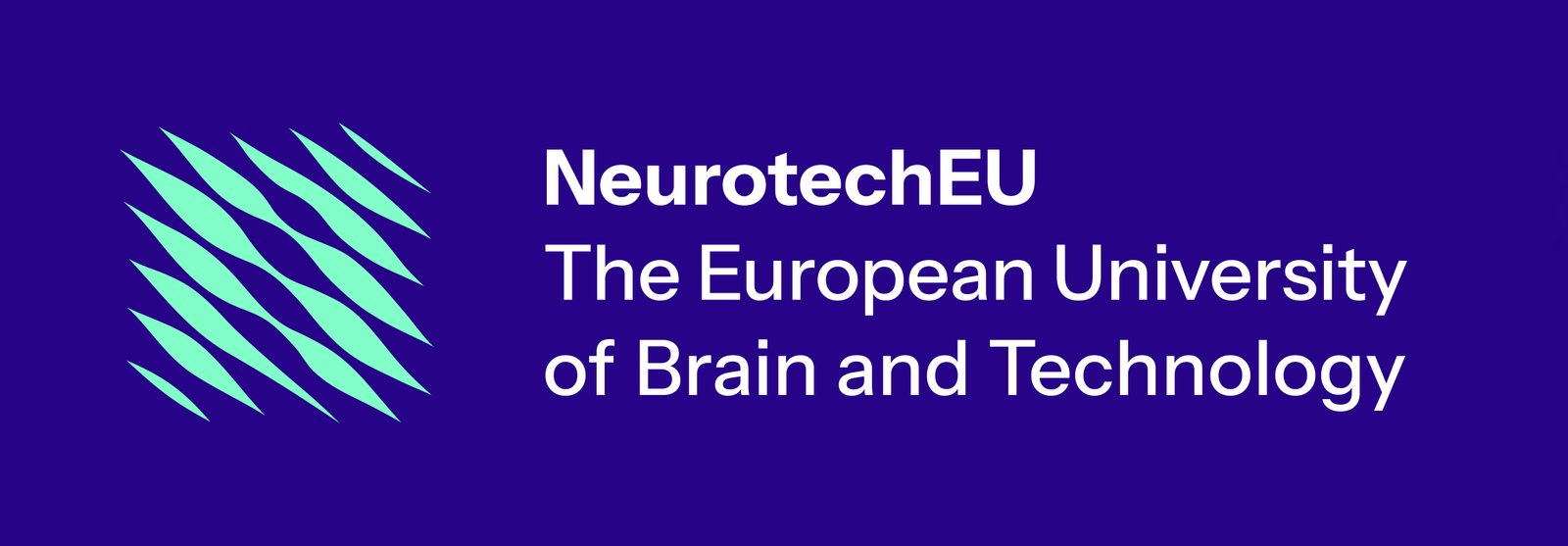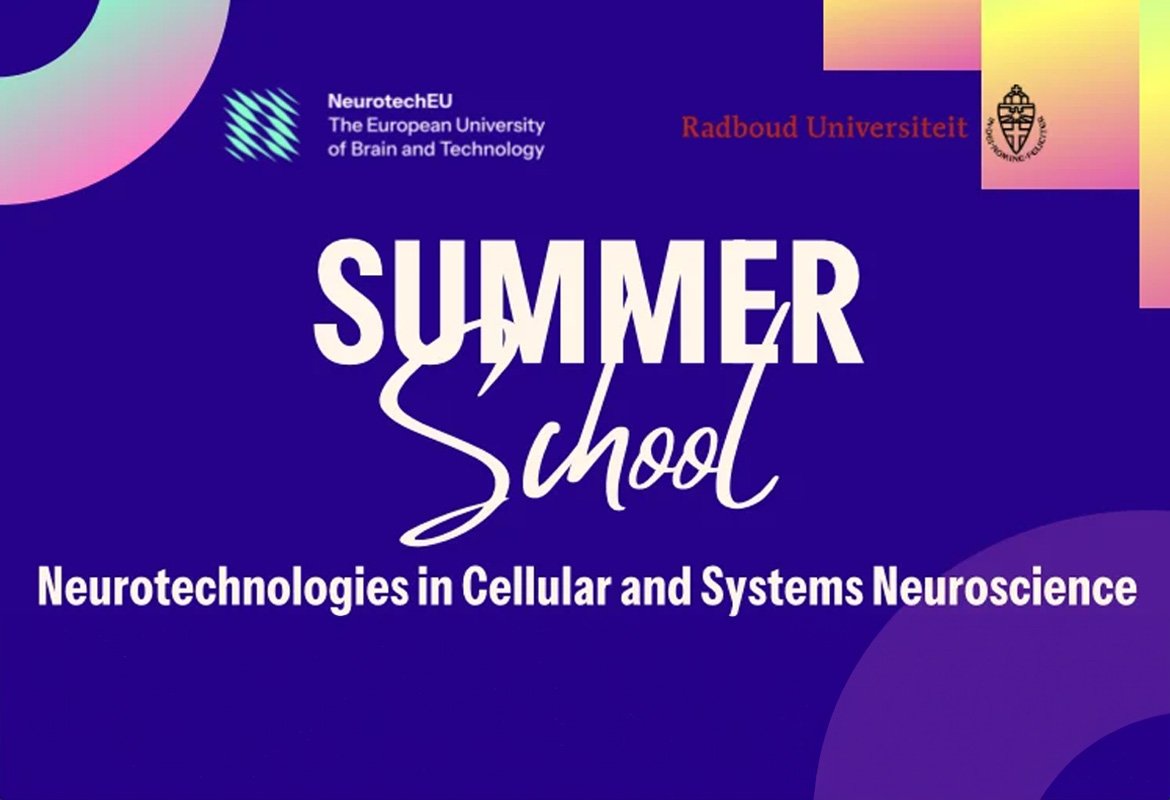Apply for the Radboud Summer School on Neurotechnologies in Cellular and Systems Neuroscience co-organised by NeurotechEU
Our understanding of the neural mechanisms that are giving rise to our behavior and mind is rapidly growing, driven largely by the revolutionary development of technologies that allow us to measure and manipulate the brain. This summer one week school will provide a unique opportunity to learn state-of-the-art tools in neuroscience, from theoretical principles to hands-on experience.
In this intensive course, we will provide a lecture series from local and international experts on (large-scale) electrophysiology, multi-photon imaging, and viral vector and biosensor engineering, both ex and in vivo. We will discuss the theoretical backgrounds of the techniques, how they work, what they measure, and their strengths and weaknesses, and provide examples of state-of-the-art research in cellular and systems neuroscience that highlight the use of the techniques. In parallel, we will run hands-on technique-based mini-projects to allow you to design, perform, analyze, and interpret experiments.
Course Programme
Advances in neurotechnology over the last decades have driven our rapidly growing understanding of the detailed neural mechanisms that give rise to behavior and cognition. To fully use these advances in cellular and systems neuroscience, it is essential to understand these tools from both a theoretical and a practical point of view, which students often see as challenging.
In this intensive course, we will provide a lecture series from local and international experts on (large-scale) electrophysiology, multi-photon imaging, and viral vector and biosensor engineering, both ex and in vivo. We will discuss the theoretical backgrounds of the techniques, how they work, what they measure, and their strengths and weaknesses, and provide examples of state-of-the-art research in cellular and systems neuroscience that highlight the use of the techniques. In parallel, we will run hands-on technique-based mini-projects to allow you to design, perform, analyze, and interpret experiments.
Specifically, you will get acquainted with 4 types of setups: electrophysiological recordings with single glass electrodes (whole-cell patch-clamp and field potentials), multi-electrode arrays (MEA), high-density silicon probes, and multi-photon microscopy with virally expressed calcium sensors.
Cellular and systems neuroscience fields primarily rely on work with animal models, particularly mice. The hands-on experiments in this summer school will only involve ex-vivo tissue samples, but you will be able to visit and observe in vivo experiments that will be performed by well-trained scientists in the lab.

